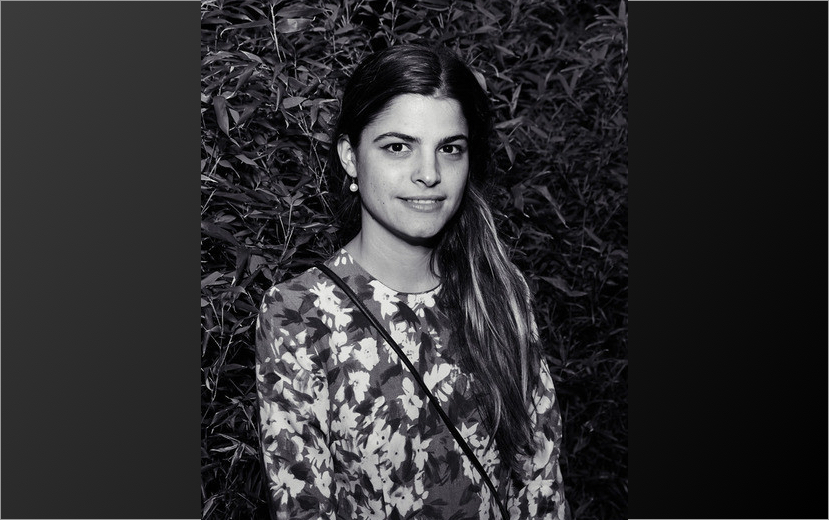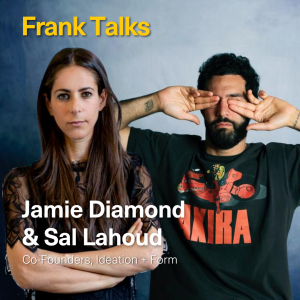In this Frank Talk, we sit down with Vera Neykov to get her take on working in the arts industry. Vera is currently the production/project manager for the Rob Pruitt Studio and splits her time between Los Angeles and New York. Before working for Rob Pruitt, she was the Director at Marlborough Chelsea gallery in New York City and prior to that she was Associate Director at L&M Arts in Los Angeles.
What is the best piece of advice you can give about working in the art world?
Hear and see everything. Especially when you’re starting out. There is no more valuable asset than knowing who is who and what is going on. No one will tell you anything and rarely will they give you the tools needed to solve the problem. You have to figure it out yourself.
What is something you encounter often with employees that tests your patience?
It’s difficult when employees ask a question that can easily be answered from doing basic research. When asked to do something, you should do it as thoroughly as possible and if you have a question, first check with the internet or someone around you before going to your superior. “I don’t know” should never be the answer. “Let me find out” should be.
What has an employee done that happily surprised you?
Extra research! Showing me things I don’t know.
What makes a person hirable?
Enthusiasm and knowledge. Presenting yourself as a self-starter and being open to do whatever it is that needs to be done.
What is the most frowned upon trait for an employee?
Asking about vacation days in an interview. A general lack of knowledge of what you are working on or what is asked of you.
What does professional mean to you?
Showing up on time, being present and contributing to making projects better.
Are there any tips you can give people entering the workforce?
Don’t expect anyone to congratulate you for your efforts at the beginning. However, do present what you find and if there are solutions to problems that you have found/learned. It’s important to know who artists, collectors, curators, etc. are in the industry, also art history. And if you’re entering into contemporary art there is no better art history course than seeing all the exhibitions in NYC.




